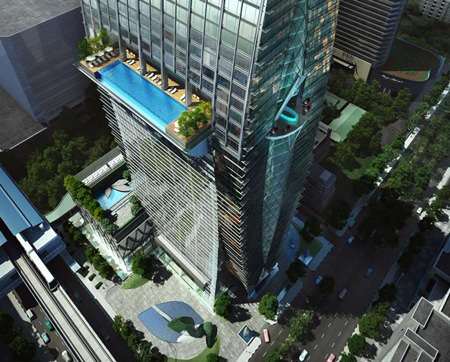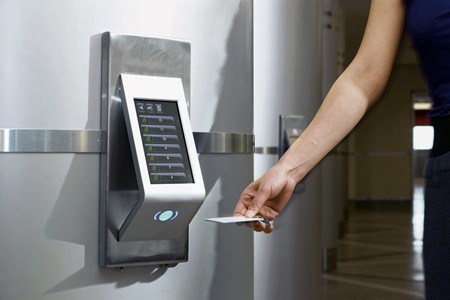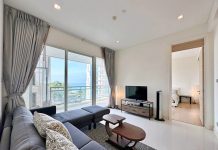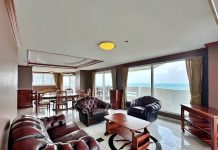The number of ‘green’ building in Thailand has been growing rapidly since 2007, almost doubling annually as the direct result of increasing awareness driven by the Thai Green Building Institute, universities, the private sector, and the Thai government.
New commercial constructions account for almost 80% of green buildings in the kingdom because they are easier to adopt compared to restructuring existing ones. Moreover, green buildings are currently limited to the commercial sector, as the accrued green cost is easier to bear by the companies who occupy as tenants, compared to individuals in residential buildings.
 Park Ventures Ecoplex is one of a growing number of new commercial buildings in Bangkok that fully integrate green technology.
Park Ventures Ecoplex is one of a growing number of new commercial buildings in Bangkok that fully integrate green technology.
According to Mickael Feige, manager of commercial growth strategy consultancy Solidiance’s Thailand operation, there were zero green building in Thailand as of 2007, while the number has now increased to reach 22. “Although it’s still small in number, Thailand is not behind its counterparts in other ASEAN countries,” Mr Feige added.
Image cautious multinational companies are increasingly looking at setting up their operations in green buildings in Thailand to leverage their corporate branding, which is considerably impactful for the green building development.
In the case of new construction projects, there is also a significant decrease in operating cost resulting in higher savings as the building ages over time, with a certain amount of added asset value and time on the return on investment (ROI). The operating costs of green retrofit or renovation projects are lower than the new buildings over the first year, but are limited to 13% over 5 years.
“Green buildings translate into higher asset value, which renders a higher rent charged to tenants,” said Mr Feige. “The cost of their construction is higher than standard buildings by 10-15% but the rental fees charged to tenants is also significantly higher — in Bangkok, the monthly occupancy price per square meter can be up to 30% higher compared to other non-green buildings of category A standard,” he added.
 Smart elevator systems can save up to 35% energy costs over existing designs.
Smart elevator systems can save up to 35% energy costs over existing designs.
Main challenges hampering green building growth in Thailand include reluctance by developers to initially take on the increased investment of importing energy saving materials and solutions from abroad; a lack of consistency and support from central government; the limited ‘green’ technical capacity and know-how of locally sourced construction workers; and a lack of awareness of tenants of the benefits, both economic and environmental of green building technology.
The question also arises: what makes a building ‘green’? Some technology and solutions are mainly preferred in the market, i.e. LED lighting can save up to 60% in energy compared to normal lighting systems. New heating, ventilation and air-conditioning (HVAC) systems with the required technology can also save up to 30% on energy consumption and elevator systems up to 35%. Combined with the implementation of effective building management systems, even higher energy saving is feasible.
The future of green buildings in Thailand appears to be one of consistent growth, especially in the short term in the commercial sector. While residential developers are for now still hesitant to embrace the concept, due to increased costs and a consequent impact on price point attractiveness to customers, as the cost of green technology decreases and more solutions become available on the market, buyers and investors of residential projects will begin to experience more and more the true benefits of green building technology.
(Source: Solidiance)




